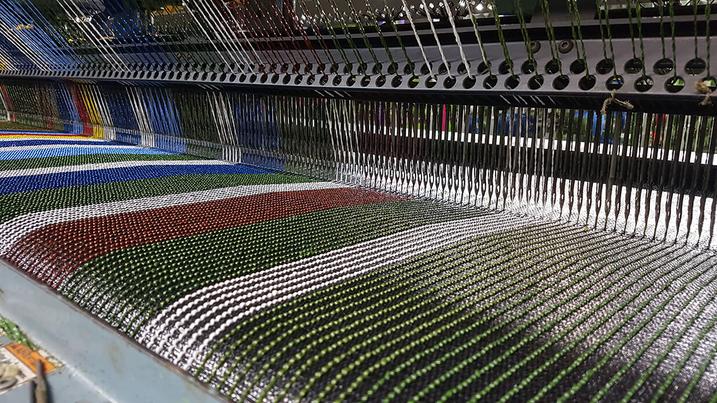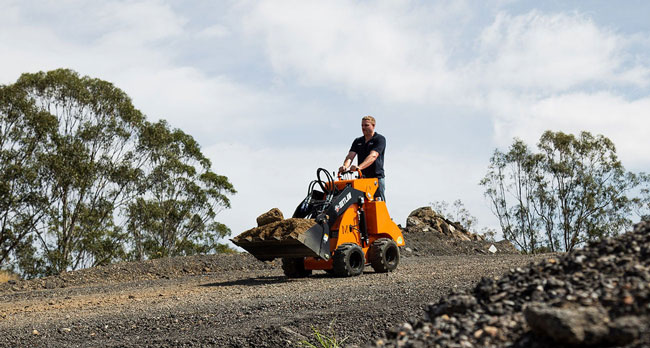- Receive 15% off your backyard makeover - claim my discount now
Home / The Only Pet Artificial Grass Guide You Need


As a proud pet parent in Australia, finding ways to make your furry friend’s life happier and healthier is something we all want.
One fabulous innovation that has been gaining ground among pet owners is the use of pet artificial grass. For dog owners, this means addressing concerns about safety, maintenance, and how their pets interact with the artificial turf. Not only does it turn your yard into a beautiful, evergreen space, but it also offers a load of benefits tailored for your four-legged buddy.
As a pet owner, you always want what’s best for your furry friends – a space where they can play freely without getting hurt or dirty. Artificial grass fits the bill perfectly. So, why exactly is artificial grass considered ideal for pets? Here are a few compelling reasons.
As a dedicated pet owner, your furry friend’s comfort and safety are paramount. This involves the surface they play on, right in your backyard. So, when it comes to selecting the ideal artificial grass for your pets, we recommend considering the following:
Installing artificial grass for your pets is simple with the right supplies and guidance. Here’s a step-by-step guide:
To make installation easy, make sure you have the following supplies:
Steps for installation:
If you’re wondering about the safety of artificial grass for your pets, rest assured that it is an excellent and safe choice. A synthetic lawn is expertly prepared for highly active pets and can withstand their activities, making it ideal for creating a dog-friendly environment. The main concern here is whether the materials used are non-toxic and pet-friendly.
The good news is that most reputable manufacturers today design their artificial turfs with pets in mind, using materials free from hazardous substances. At Trinity, for example, we only use the highest quality fake grass for those looking for a pet premium system for their backyard.
How to Care for Fake Grass When You Have Pets
As a pet owner, maintaining a clean and neat space is important for your furry friends’ health and your peace of mind.
High-quality artificial grass can help reduce unpleasant odours by using advanced designs and materials that limit urine absorption and prevent the spread of bacteria.
While artificial grass offers ease of maintenance, handling pet waste can seem daunting initially. Fortunately, with the right care routine, pets and artificial grass can coexist harmoniously.
First and foremost, pick up solid waste just as you would in any other situation. A handy pooper scooper or a pair of gloves will do the trick. Regular removal of solid waste prevents the build-up of bacteria and keeps your space looking clean.
Most pet owners worry about pet urine stains and odour on their new synthetic turf. The good news is that high-quality artificial grass for pets is designed to be permeable. This allows dog urine to seep into the sub-base layer naturally, effectively preventing damage and discolouration.
To minimise any odour, rinse the area with water or use a fake turf deodoriser from pet supply stores. The deodoriser will also disinfect to keep your grass clean and fresh and safe for your pet to frolic on.
Occasionally, give your grass a comprehensive clean. Use a non-toxic, pet-friendly cleaning solution to mop the grass surface gently. Follow this with a grass brush to give your artificial lawn a natural, freshened-up look.
Caring for your artificial grass doesn’t need to be a chore. With these easy steps, you’ll ensure a clean and safe environment for your companions to enjoy!
Now that you know everything there is to know about artificial grass for pets, let’s take a look at the perks and drawbacks:
Pros:
Cons:
Looking for a quality, pet-safe lawn solution in the Sydney area? Contact us now for a quote.
Look for brands that incorporate technologies to reduce heat absorption. Although artificial grass can become hot in direct sunlight, it typically doesn’t reach dangerous levels. Also, a simple solution like setting up a shade or watering your artificial lawn occasionally can keep it cool and comfortable for your pets.
Additionally, consider using grass for dogs, which is specifically designed to minimise heat absorption, reduce urine absorption and odours, and provide a durable and pet-friendly outdoor space for dogs.
In general, artificial grass is durable. Your burrowing buddy will typically find it more challenging to dig up artificial turf than natural grass. Plus, well-installed artificial grass is usually secured and often has a pet premium infill, discouraging the digging habit.
Most pets quickly get accustomed to synthetic turf and find it just as enjoyable as real grass. The texture is designed to feel natural and is easier on their paws compared to gravel or paved areas.
These aspects all contribute to ensuring pet security. However, it’s always best to consult with the manufacturer or your vendor to discuss any specific concerns. At Trinity, we’ll always provide you with all the information you need about the product before we install it.


accepted payments


